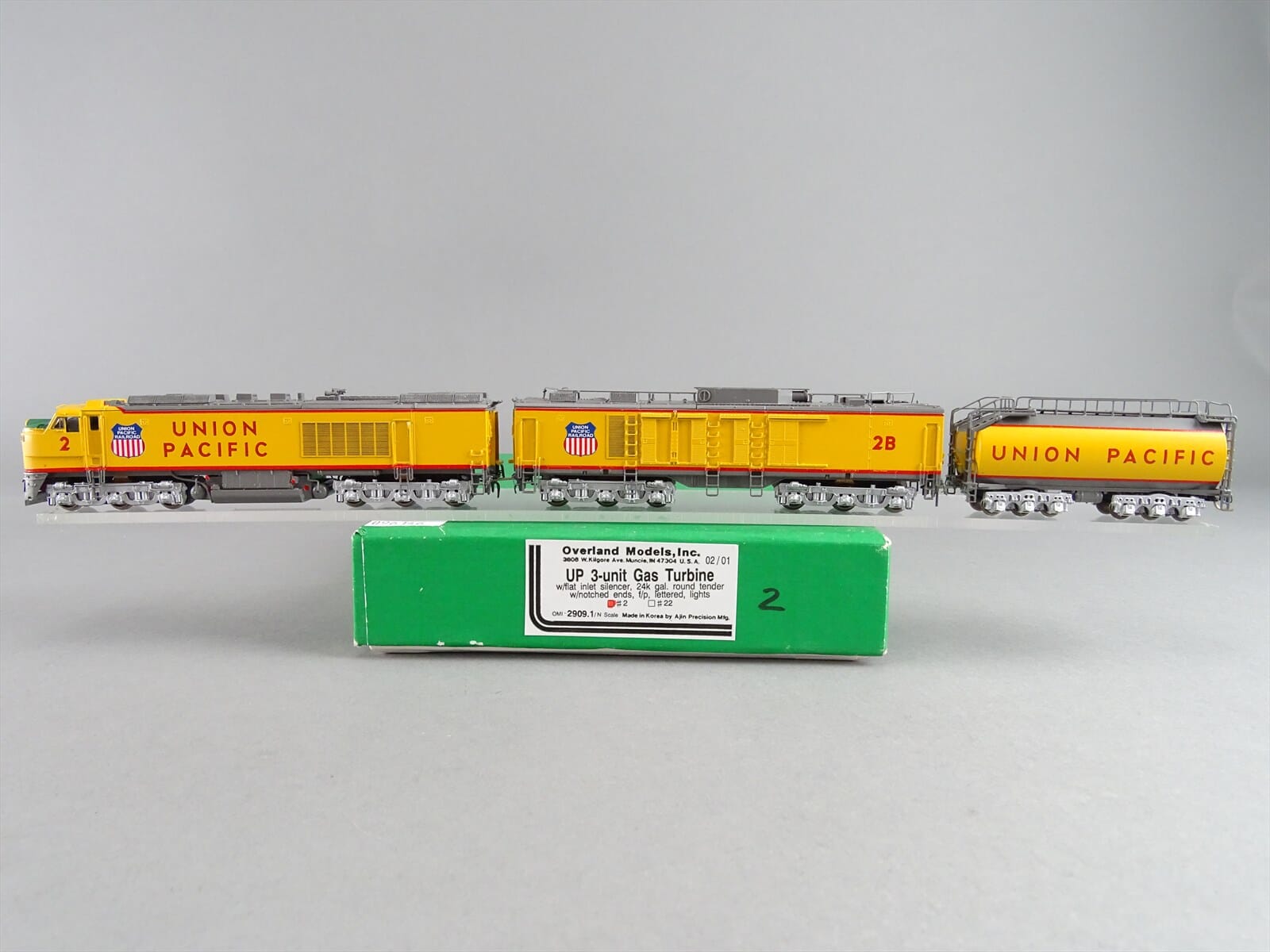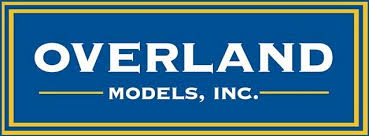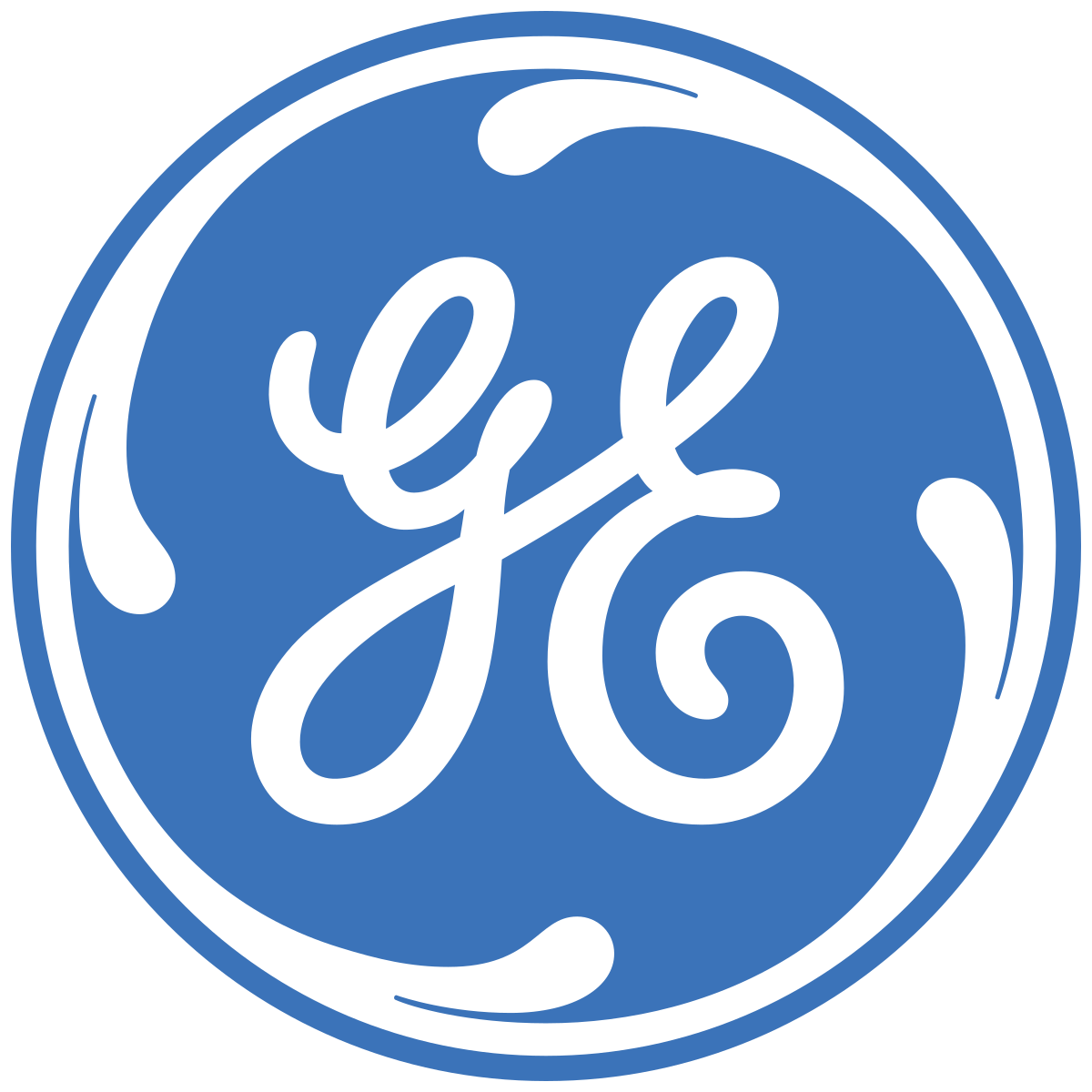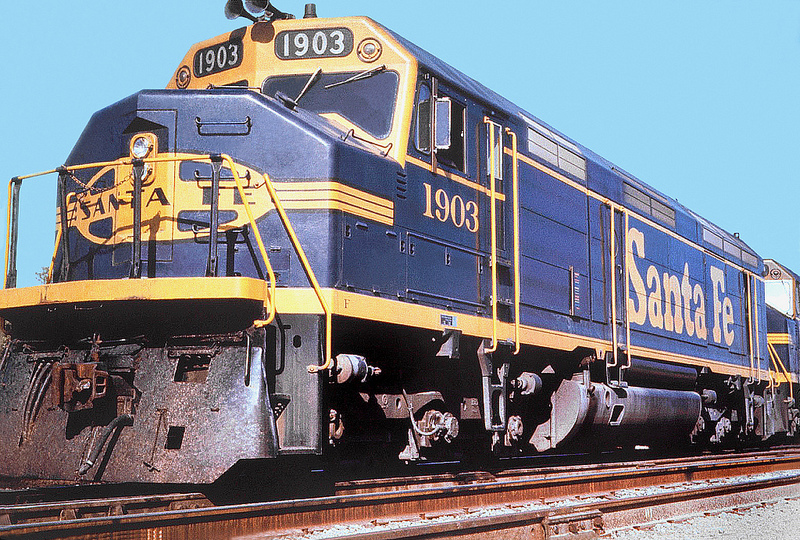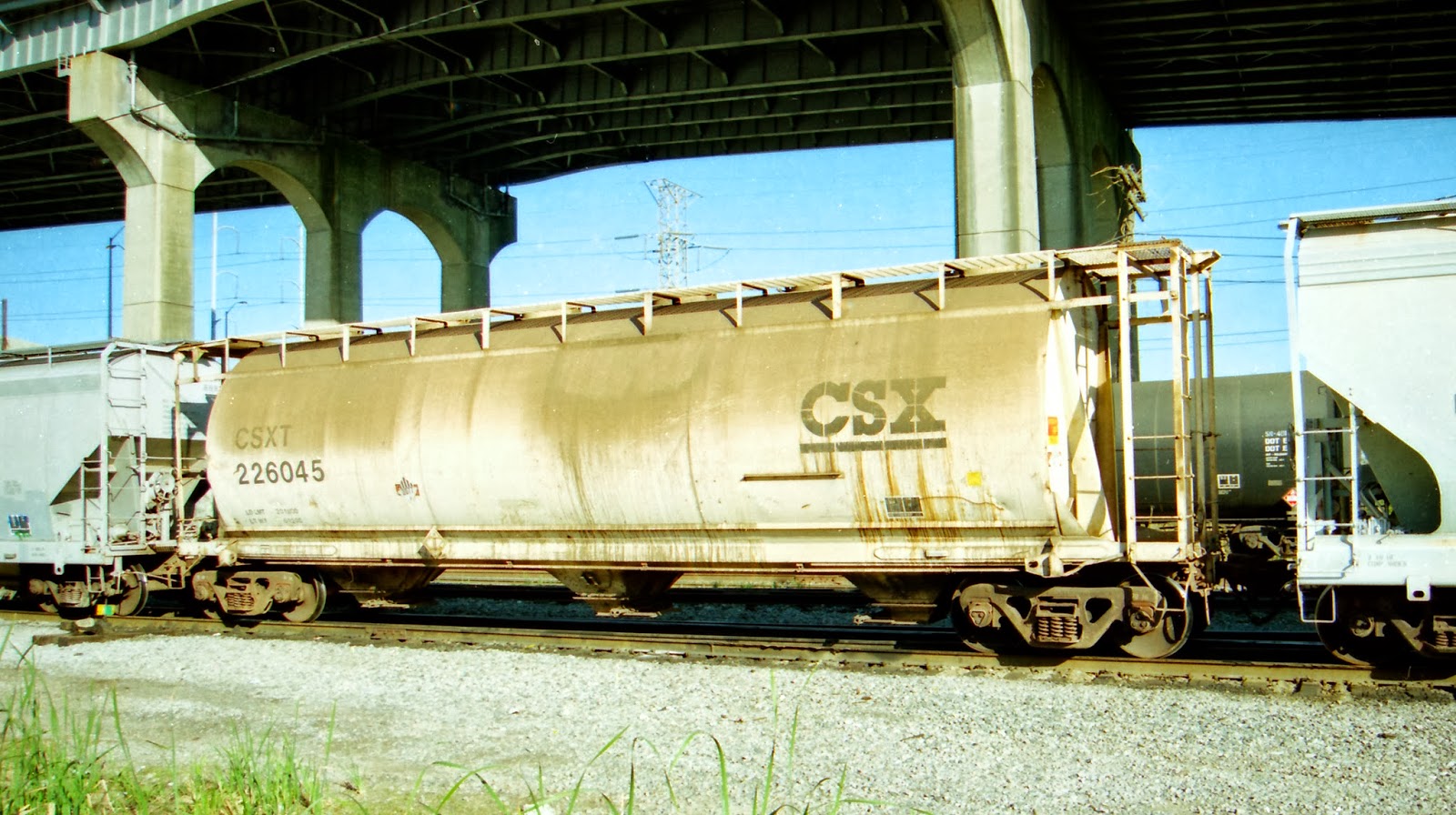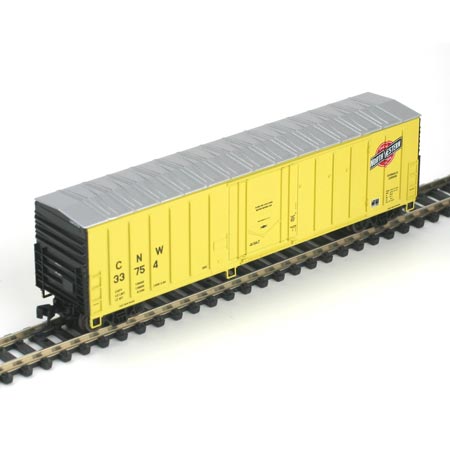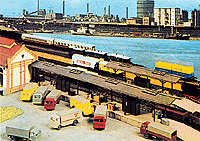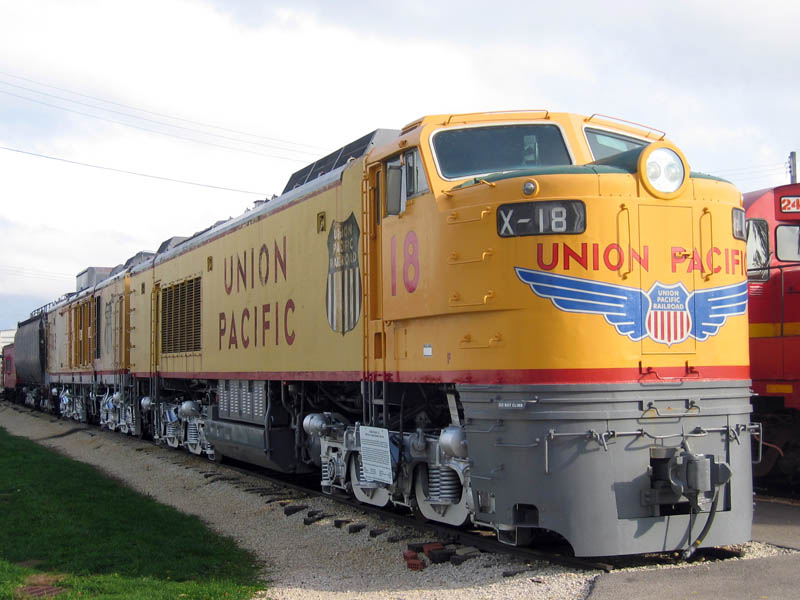Prototype History: Union Pacific operated the largest fleet of gas turbine-electric locomotives (GTELs) of any railroad in the world. The prototype, UP 50, was the first in a series built by General Electric for Union Pacific's long-haul cargo services and marketed by the Alco-GE partnership until 1953. The prototype was introduced in 1948 and was followed by three series of production locomotives. At one point, Union Pacific said the GTELs hauled more than 10% of the railroad's freight.
Fuel economy was poor, for the turbine consumed roughly twice as much fuel as an equally powerful diesel engine. This was initially not a problem, because Union Pacific's turbines burned Bunker C heavy fuel oil that was less expensive than diesel. But this highly viscous fuel is difficult to handle, with a room-temperature consistency similar to tar or molasses. To solve this problem, a heater was built into the fuel tanks (and later into fuel tenders) to heat the fuel to 200 °F (93 °C) before feeding it into the turbine. Eventually UP switched from Bunker C to modified No. 6 heavy fuel oil, which contained fewer pollutants and solvents. Soot buildup and blade erosion caused by corrosive ash plagued all of the turbines. Changes to the air intake systems on the production turbine locomotives improved the quality of the air that reached the turbines, which in turn reduced the wear to the turbine blades and increased the turbine's running life. The GTELs were operated into late 1969 and the final two (numbers 18 and 26) were stored at the Cheyenne roundhouse in operating condition until being retired in February 1970. Both of these units were later sent to museums.
Fuel economy was poor, for the turbine consumed roughly twice as much fuel as an equally powerful diesel engine. This was initially not a problem, because Union Pacific's turbines burned Bunker C heavy fuel oil that was less expensive than diesel. But this highly viscous fuel is difficult to handle, with a room-temperature consistency similar to tar or molasses. To solve this problem, a heater was built into the fuel tanks (and later into fuel tenders) to heat the fuel to 200 °F (93 °C) before feeding it into the turbine. Eventually UP switched from Bunker C to modified No. 6 heavy fuel oil, which contained fewer pollutants and solvents. Soot buildup and blade erosion caused by corrosive ash plagued all of the turbines. Changes to the air intake systems on the production turbine locomotives improved the quality of the air that reached the turbines, which in turn reduced the wear to the turbine blades and increased the turbine's running life. The GTELs were operated into late 1969 and the final two (numbers 18 and 26) were stored at the Cheyenne roundhouse in operating condition until being retired in February 1970. Both of these units were later sent to museums.
Road Name History: The Union Pacific Railroad (reporting mark UP) is a freight hauling railroad that operates 8,500 locomotives over 32,100 route-miles in 23 states west of Chicago, Illinois and New Orleans, Louisiana. The Union Pacific Railroad network is the largest in the United States and employs 42,600 people. It is also one of the world's largest transportation companies.
Union Pacific Railroad is the principal operating company of Union Pacific Corporation (NYSE: UNP); both are headquartered in Omaha, Nebraska. Over the years Union Pacific Corporation has grown by acquiring other railroads, notably the Missouri Pacific, Chicago & North Western, Western Pacific, Missouri-Kansas-Texas, and the Southern Pacific (including the Denver & Rio Grande Western).
Union Pacific Corporation's main competitor is the BNSF Railway, the nation's second largest freight railroad, which also primarily services the Continental U.S. west of the Mississippi River. Together, the two railroads have a duopoly on all transcontinental freight rail lines in the U.S.
Read more on Wikipedia and on Union Pacific official website.
Union Pacific Railroad is the principal operating company of Union Pacific Corporation (NYSE: UNP); both are headquartered in Omaha, Nebraska. Over the years Union Pacific Corporation has grown by acquiring other railroads, notably the Missouri Pacific, Chicago & North Western, Western Pacific, Missouri-Kansas-Texas, and the Southern Pacific (including the Denver & Rio Grande Western).
Union Pacific Corporation's main competitor is the BNSF Railway, the nation's second largest freight railroad, which also primarily services the Continental U.S. west of the Mississippi River. Together, the two railroads have a duopoly on all transcontinental freight rail lines in the U.S.
Read more on Wikipedia and on Union Pacific official website.
Brand/Importer Information: Since 1976, Overland Models has been a premier importer of fine brass scale models. The company’s new ownership, having passed from father to son, is steeped in the family’s passion for and knowledge of model railroads. We are dedicated to OMI’s tradition of quality, service and attention to detail, and are taking bold steps to introduce new models and features to delight the most discerning collector and hobbyist.
Our devotion to accuracy of detail is a hallmark of our products. We not only have a historical in-house library for reference, our project team also goes on-site to take measurements, photos and talk with railroad and other employees. We also maintain excellent relationships with manufacturers who know that we pride ourselves on maintaining the highest integrity in representing their product. And our relationships extend to our customers, many of whom offer railroad experience and knowledge from which our models are designed and refined.
Our products are handcrafted by some of the world’s foremost manufacturers of detailed brass models using our exact specifications. The models are beautifully factory finished for the most authentic representation possible. Our models now feature NMRA-compliant DCC plugs so that customers can install the decoder of their choice.
These combined resources and our commitment to quality make Overland Models the most realistic, highly collectible models you can own.
Our devotion to accuracy of detail is a hallmark of our products. We not only have a historical in-house library for reference, our project team also goes on-site to take measurements, photos and talk with railroad and other employees. We also maintain excellent relationships with manufacturers who know that we pride ourselves on maintaining the highest integrity in representing their product. And our relationships extend to our customers, many of whom offer railroad experience and knowledge from which our models are designed and refined.
Our products are handcrafted by some of the world’s foremost manufacturers of detailed brass models using our exact specifications. The models are beautifully factory finished for the most authentic representation possible. Our models now feature NMRA-compliant DCC plugs so that customers can install the decoder of their choice.
These combined resources and our commitment to quality make Overland Models the most realistic, highly collectible models you can own.
Item created by: gdm on 2020-05-23 20:08:50. Last edited by gdm on 2020-05-24 08:02:14
If you see errors or missing data in this entry, please feel free to log in and edit it. Anyone with a Gmail account can log in instantly.
If you see errors or missing data in this entry, please feel free to log in and edit it. Anyone with a Gmail account can log in instantly.


